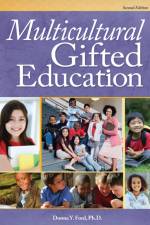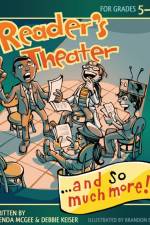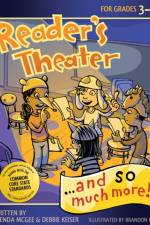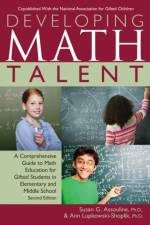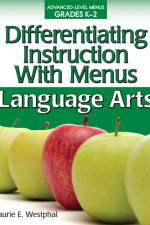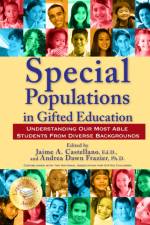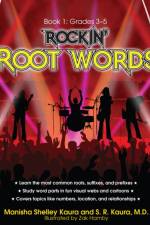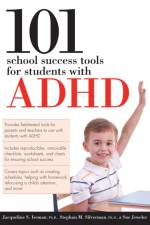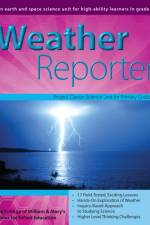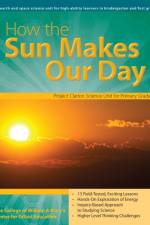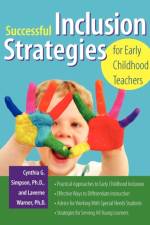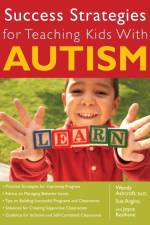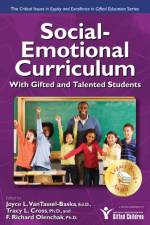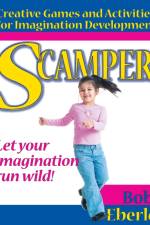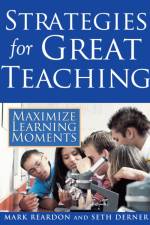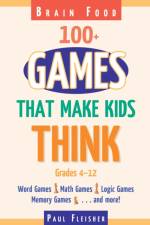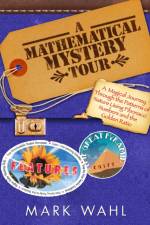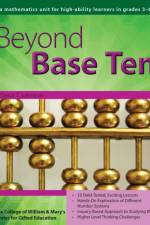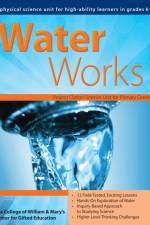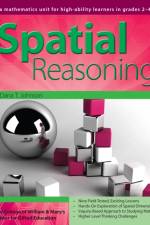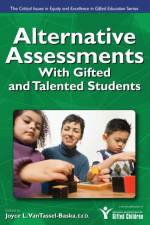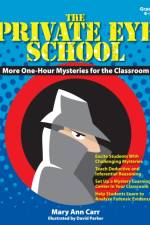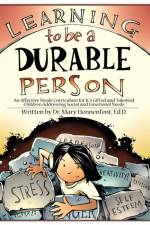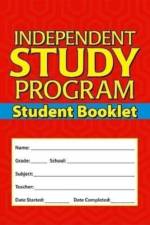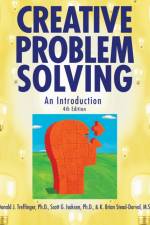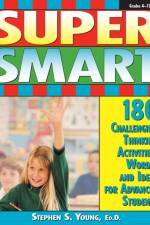- A Physical Science Unit for High-Ability Learners in Grades K-1
av Clg Of William And Mary/Ctr Gift Ed
517
Water Works is a field-tested physical science unit for high-ability learners in grades K-1. This unit engages students in scientific investigation as they closely observe and experiment with water. Students are transformed into scientists who notice, react to, reflect on, and discover more about force and change.The concept of change is reinforced while students explore the characteristics of items that sink and float, experiment to make objects float, and examine how materials interact with water. Water Works, a Project Clarion Primary Science Unit, utilizes a hands-on, constructivist approach that allows children to build their knowledge base and skills while they explore science topics through play and planned investigations.Winner of the 2009 NAGC Curriculum Studies Award, Water Works was developed by the Center for Gifted Education at The College of William and Mary, to offer advanced curriculum supported by years of research. The Center''s materials have received national recognition from the United States Department of Education and the National Association for Gifted Children, and they are widely used both nationally and internationally.Each of the books in this series offers curriculum that focuses on advanced content and higher level processes. The science units contain simulations of real-world problems, and students experience the work of real science by using data-handling skills, analyzing information, and evaluating results. The mathematics units provide sophisticated ideas and concepts, challenging extensions, higher order thinking skills, and opportunities for student exploration based on interest. These materials are a must for any teacher seeking to challenge and engage learners and increase achievement.Grades K-1

